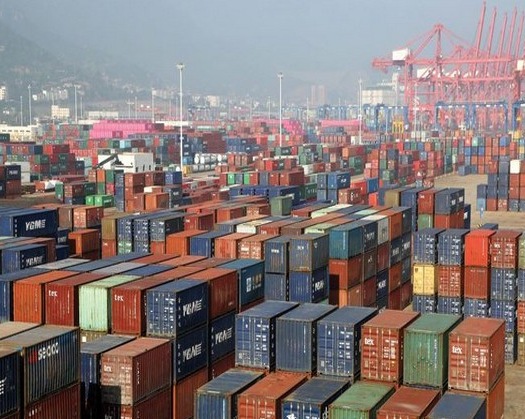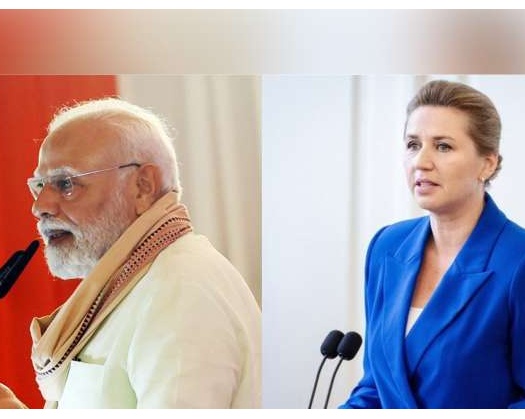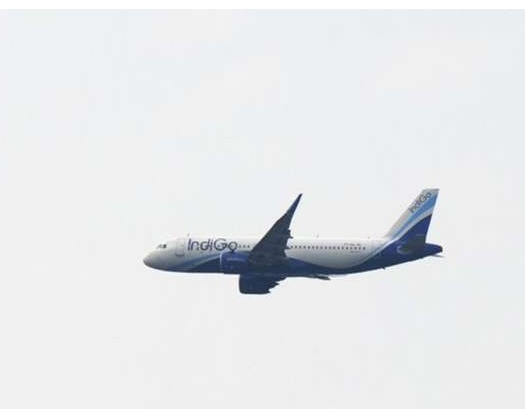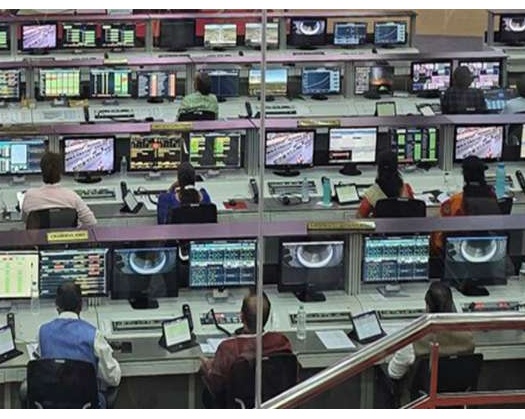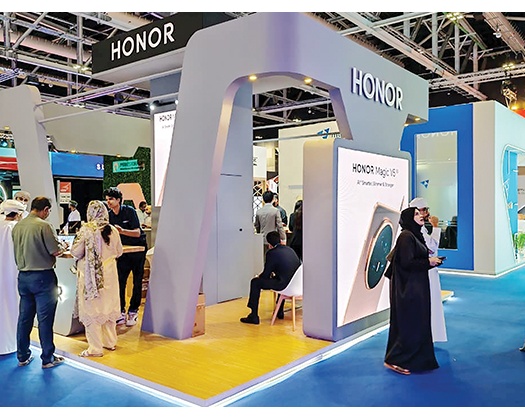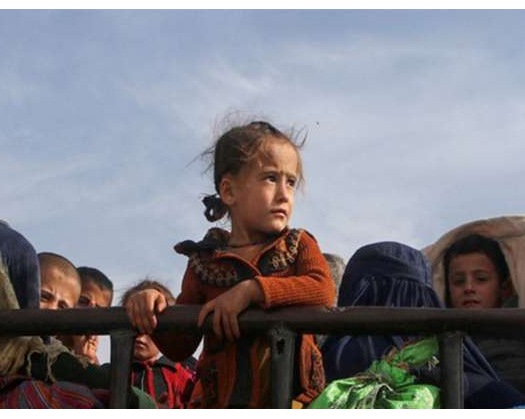Muscat: The aggregate net income reported by the listed banks within the GCC has achieved a record-high figure during the second quarter of 2024, marking a significant increase from the previous quarter. This growth can be attributed to four out of the six country aggregates demonstrating positive growth in comparison to the initial quarter of the year.
According to Kamco Invest's latest GCC Banking Sector Report – Q2-2024, the aggregate net profits have surged to $14.8 billion, a notable rise from the $14.4 billion reported in the preceding quarter. This has resulted in a quarter-on-quarter (q-o-q) growth rate of 2.6 percent.
Furthermore, the year-on-year (y-o-y) growth rate has been commendable at 9.2 percent, when juxtaposed with the second quarter of 2023. This indicates a robust economic recovery and an improvement in the overall credit quality, as evidenced by the lowest level of total loan loss provisions (impairments) recorded in at least 33 quarters, standing at $1.9 billion. This figure reflects a significant decline in impairments across most countries within the Gulf Cooperation Council (GCC).
The reduction in impairments underscores the strengthening of the economy and the health of the banking sector. It also signifies an improvement in loan portfolios over the past years, as evidenced by a steady decrease in the non-performing loan rate.
Additionally, despite the unchanged central bank interest rates in the GCC, the net interest income has reached an all-time high during this quarter, increasing by $0.5 billion to $21.5 billion. This represents a marginal improvement from the $21.3 billion reported in the first quarter of 2024.
Conversely, non-interest income has seen a slight decline, reaching a three-quarter low at $10.1 billion during the second quarter of 2024. Despite this, aggregate bank revenue has still managed to increase by $0.4 billion, marking a marginal quarter-on-quarter growth rate of 0.4 percent.
Moreover, lending activity has continued to grow in the region, despite the increase in borrowing costs. Data from the central banks of the GCC reveals a higher quarter-on-quarter lending activity across all aggregates. The data for listed banks indicates that the UAE banks have experienced the strongest quarterly growth in gross loans at 3.4 percent, followed by Saudi Arabian banks with a slightly lower growth rate of 3.1 percent. Similar trends are observed across other GCC countries, with Saudi Arabia witnessing credit growth at 3.1 percent, followed by Oman, Kuwait, and Qatar, all with quarterly growth rates of approximately one percent.
Conversely, customer deposits for GCC-listed banks have seen a marginal decline of 0.5 percent during this quarter, primarily due to a decrease in deposits reported by SNB and a reduction in deposits in Bahrain following the delisting of Al Baraka Banking Group. However, this decline has been partially offset by an increase in customer deposits reported by banks in Kuwait, Oman, and Qatar.
The expansion of loan portfolios underscores the robust economic trends within the Gulf Cooperation Council (GCC). Data from the central banks of the GCC once again underscores the economic resilience of the region, with a continuation of growth in credit facilities. The total outstanding credit facilities in the region have shown sustained growth throughout the second quarter of 2024, characterized by a widespread expansion across the seven country aggregates.
This growth, when compared to the previous year, has been substantial, with all countries experiencing an increase in lending activities. Saudi Arabia, in particular, has seen a notable increase in outstanding credit facilities, with a growth rate of 11.4 percent. Similarly, banks in Qatar have reported a year-over-year growth rate of 5.5 percent. The expansion in lending activities within the region is indicative of a robust project pipeline, evidenced by the aggregate contract awards totaling $51.7 billion in the GCC during the second quarter of 2024.
Furthermore, data on manufacturing activity from Bloomberg (Markit Whole Economy Surveys) indicates that the Purchasing Managers' Index (PMI) figures have remained above the threshold of 50, signifying growth, throughout the quarter. This growth was particularly evident in Dubai, Saudi Arabia, Qatar, and the United Arab Emirates, with PMI figures reaching the end of the quarter at levels above 50.
In terms of manufacturing activity, Saudi Arabia has maintained a strong position, with a PMI of 55.0 points in June 2024, a slight decrease from 57.0 points at the end of March 2024. The United Arab Emirates has also demonstrated strength, with a PMI figure of 54.6 points in June 2024. Similarly, Dubai has shown consistent growth, with a PMI figure of 54.3 points.
Qatar has experienced a significant recovery in recent months, with PMI figures climbing to 55.9 points in June 2024, marking the highest PMI figure in the GCC for that month, surpassing the previous high of 50.6 points in March 2024. The PMI for Kuwait, as reported by S&P Global, also exhibited growth in June 2024, with an index of 51.6 points, although there was a slight decline from May, when the index reached a peak of 52.4 points.



